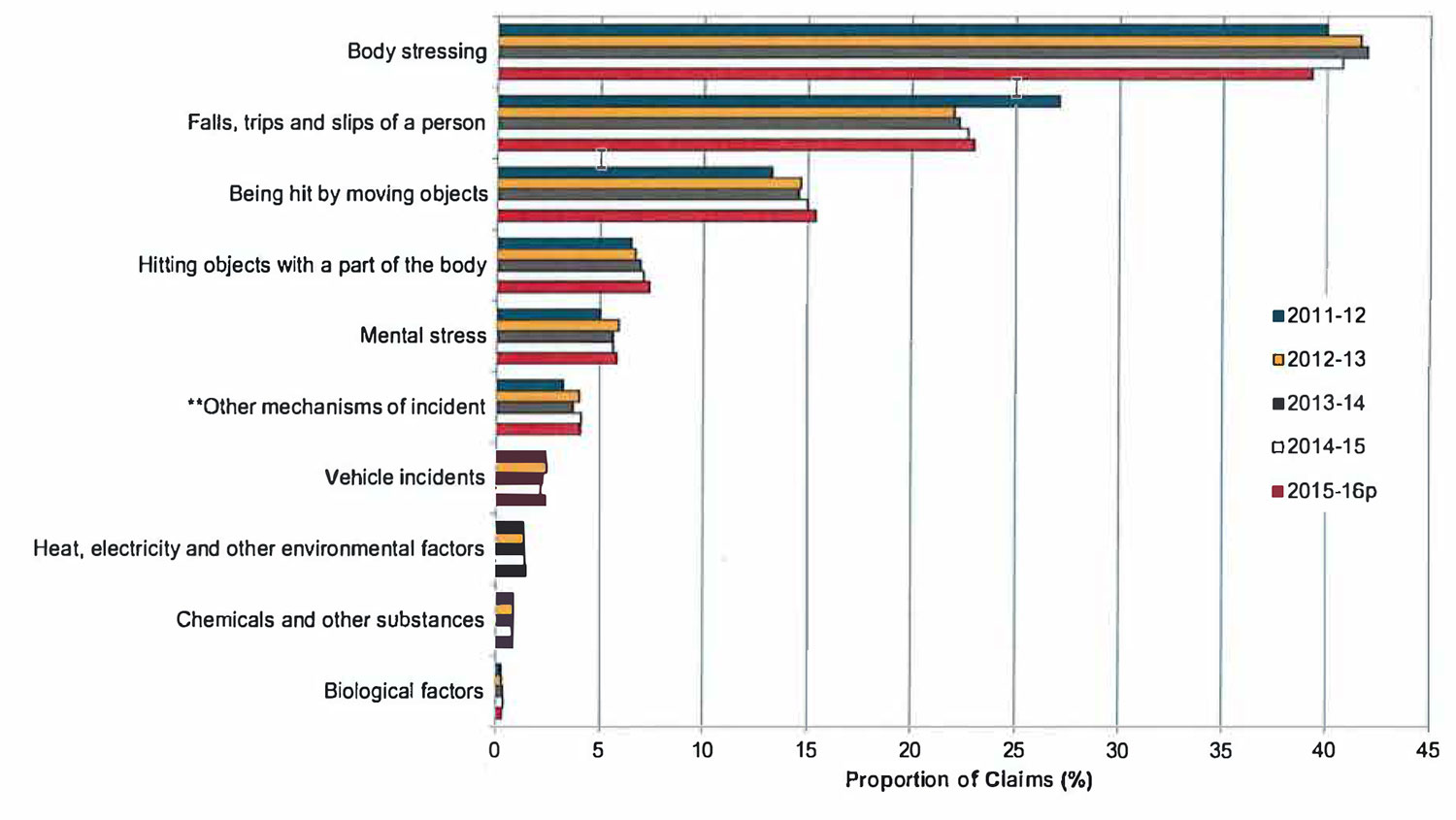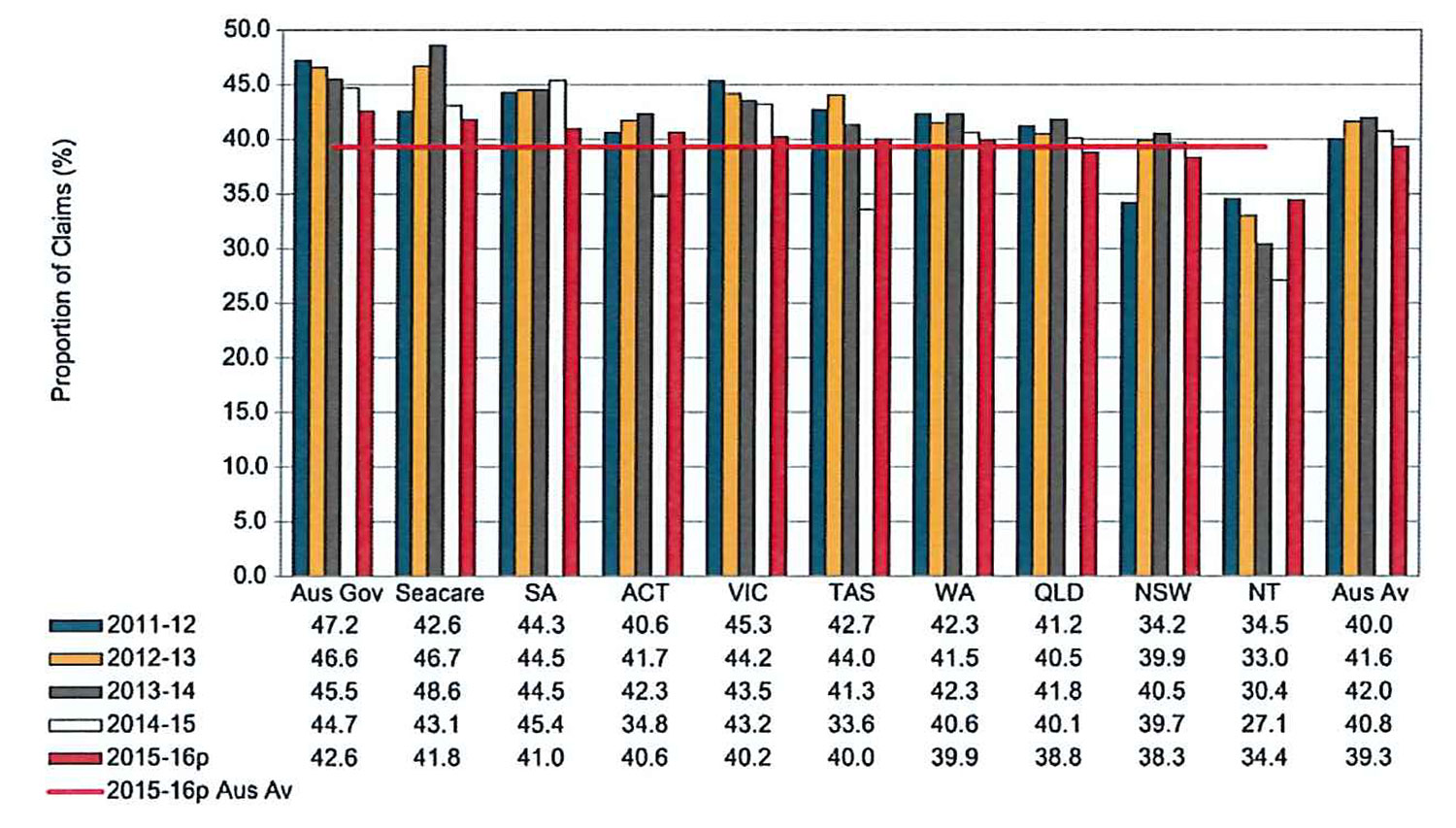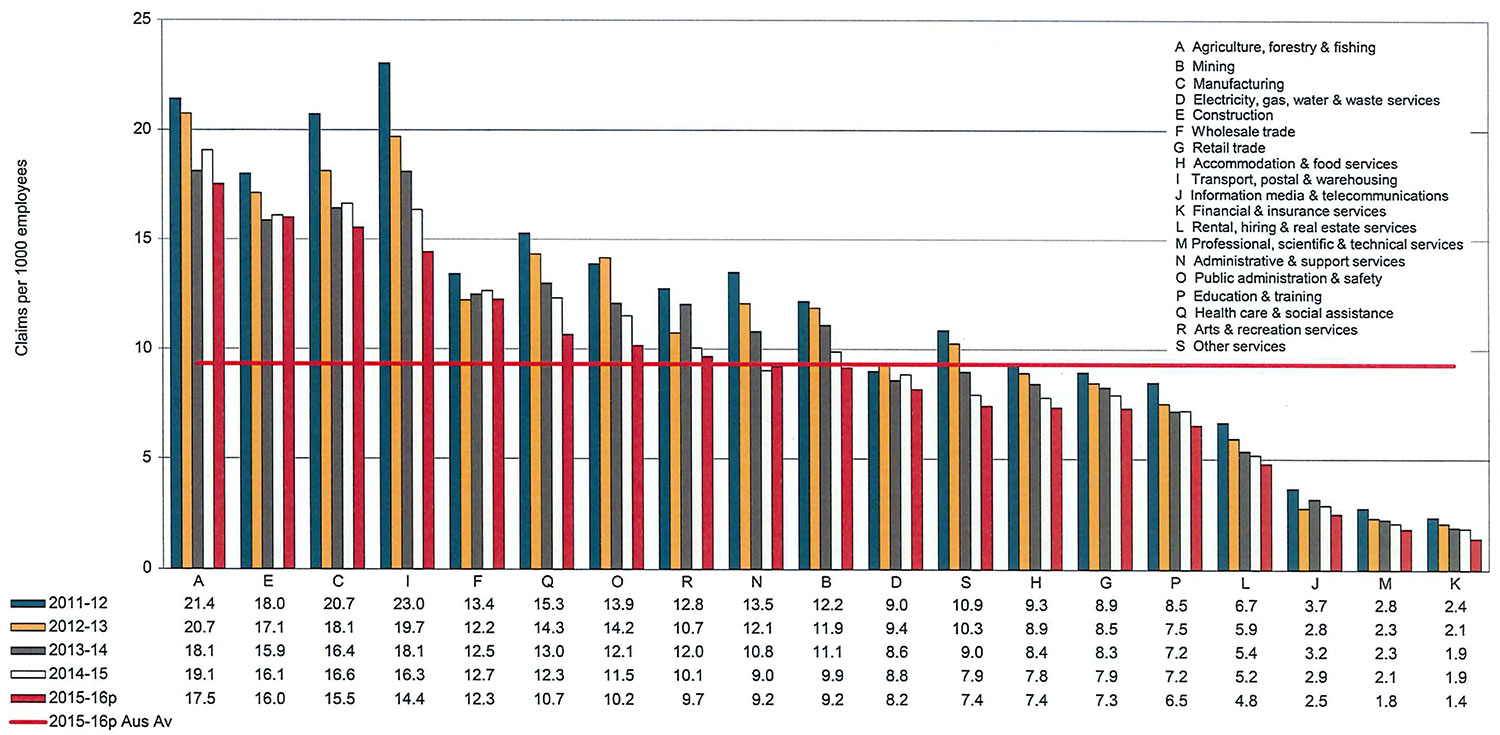Safe Work Australia Statistics
Claims by mechanism of incident
Proportion of serious claims by mechanism of incident
** Other mechanisms of incident include Sound and pressure, Other multiple mechanisms of incident, Roll over, Slide or cave-in and Unspecified mechanisms of incident.
Claims by mechanism of incident and jurisdiction
The below chart shows that in 2014-15 South Australia had the highest proportion of claims (45.4 per cent) involving Body stressing, followed by the Australian Government (44. 7 per cent), Victoria (43.2 per cent) and Seacare (43.1 per cent), all of which were greater than the Australian average (40.8 per cent of claims). The Northern Territory had the lowest proportion of claims (27.1 per cent) involving Body stressing in 2014-15.
Proportion of serious claims involving body stressing by jurisdiction
Incidence rates of serious· claims by industry
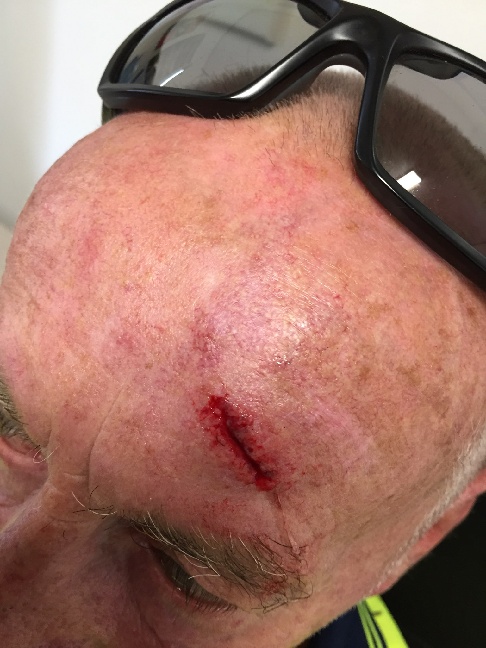
Are you taking precautions to ensure this doesn’t happen to you?
With Transking’s innovative Tightwinder you could greatly reduce the risk of being badly injured. It can decrease your OH&S issues and create a safer working environment for your drivers.
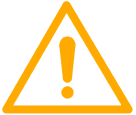
WHEN SAFETY MATTERS… IT ALWAYS DOES!
Safety is an integral part of the transport industry. If companies are not taking all possible steps to minimise and mitigate risks, they are leaving themselves open to workplace injuries and potential legal actions.
Transking’s philosophy is to develop innovative products to improve the safety throughout the transport industry. Transking’s innovative products are designed to reduce risks to the drivers and operators, at the same time, improving productivity.


